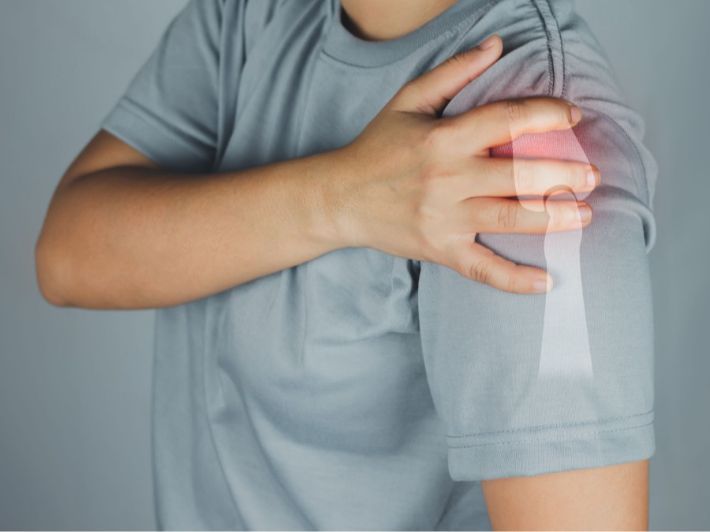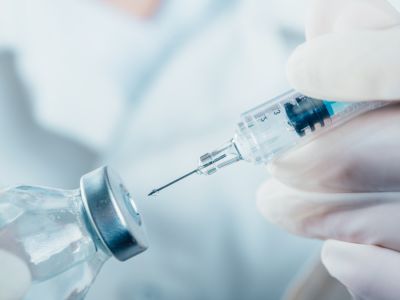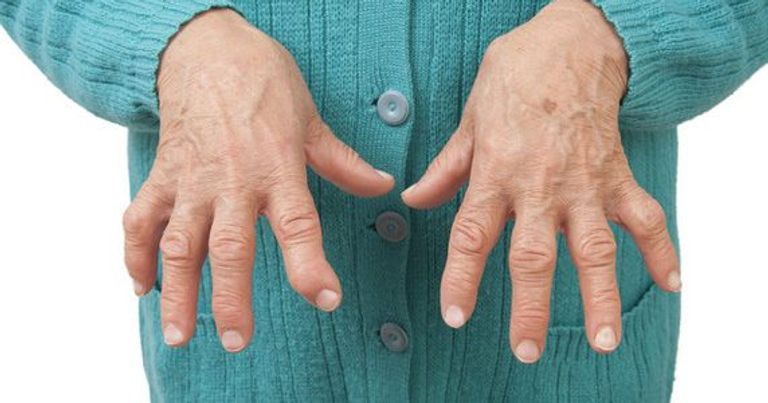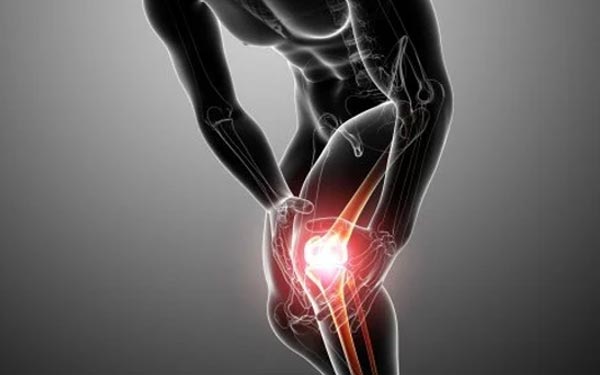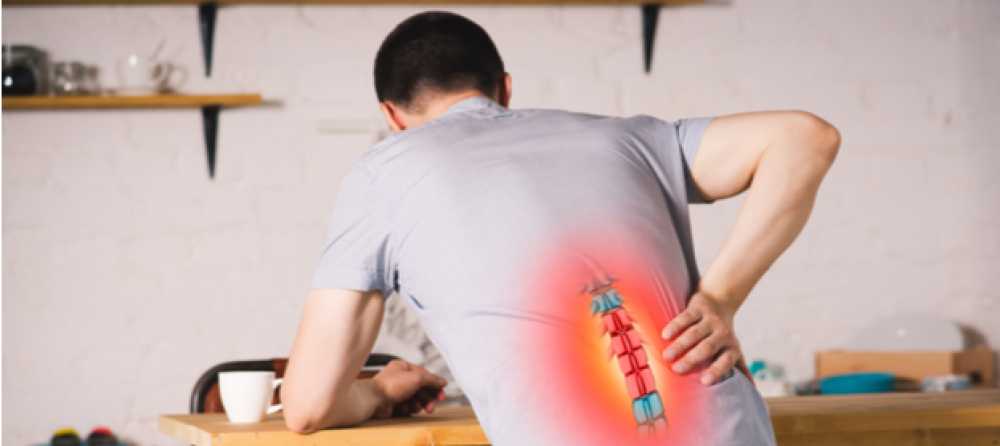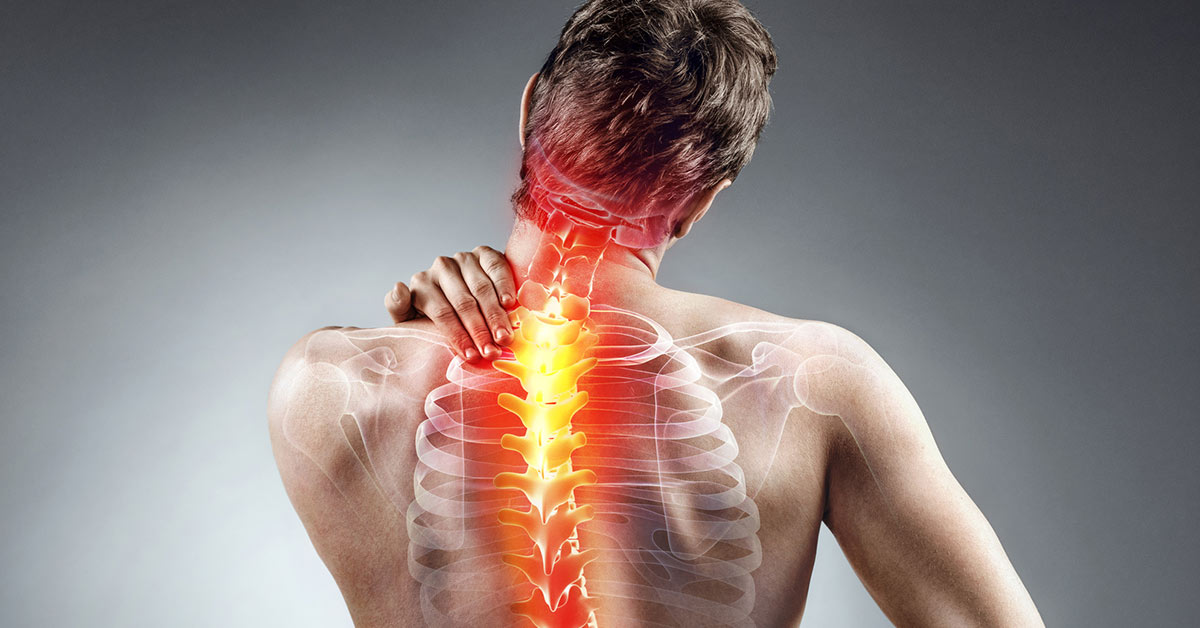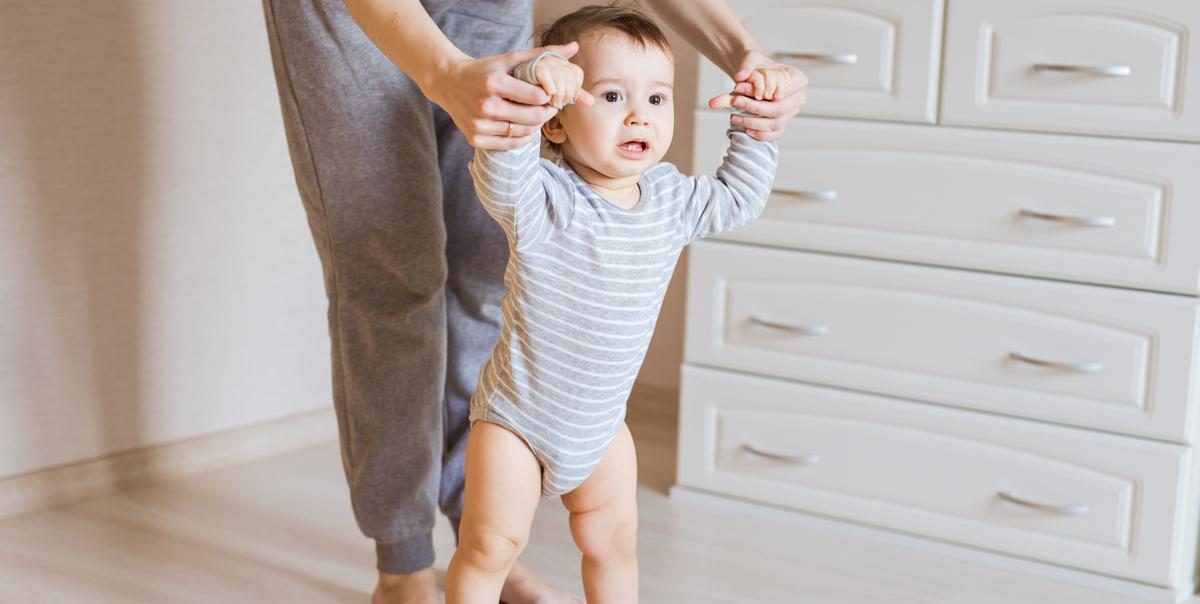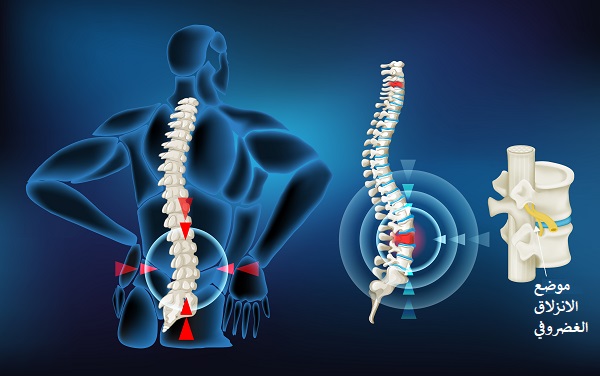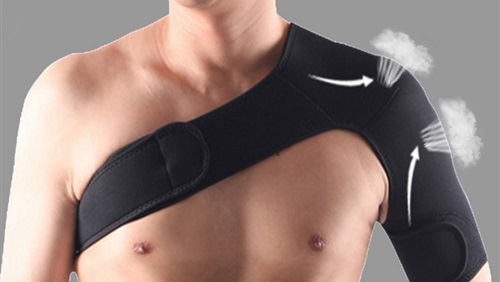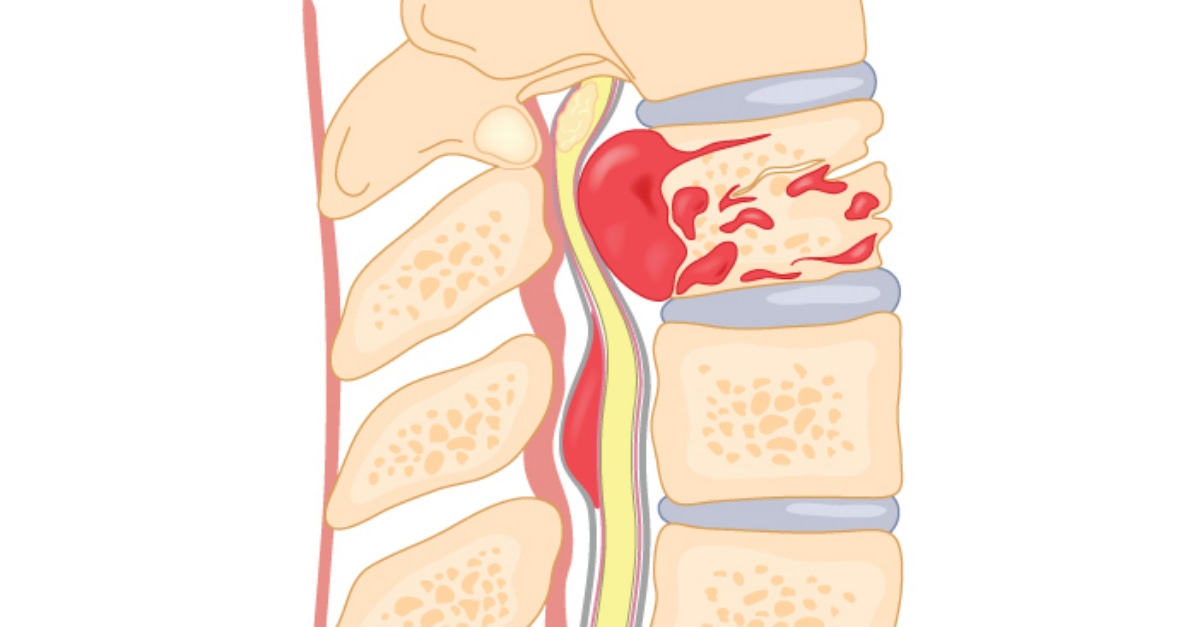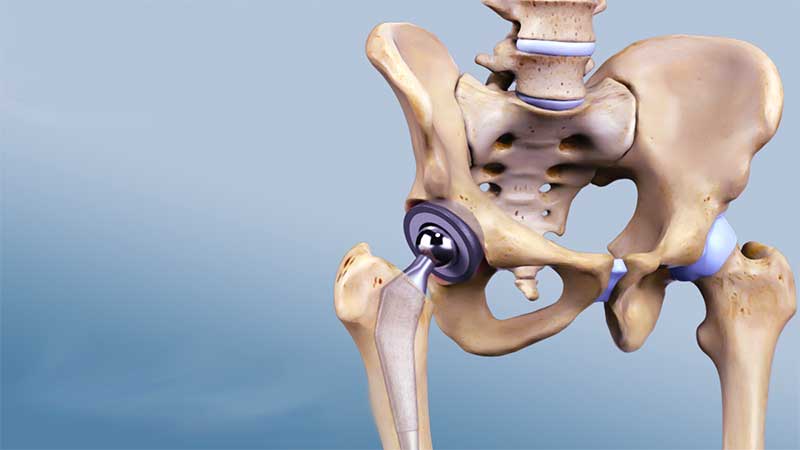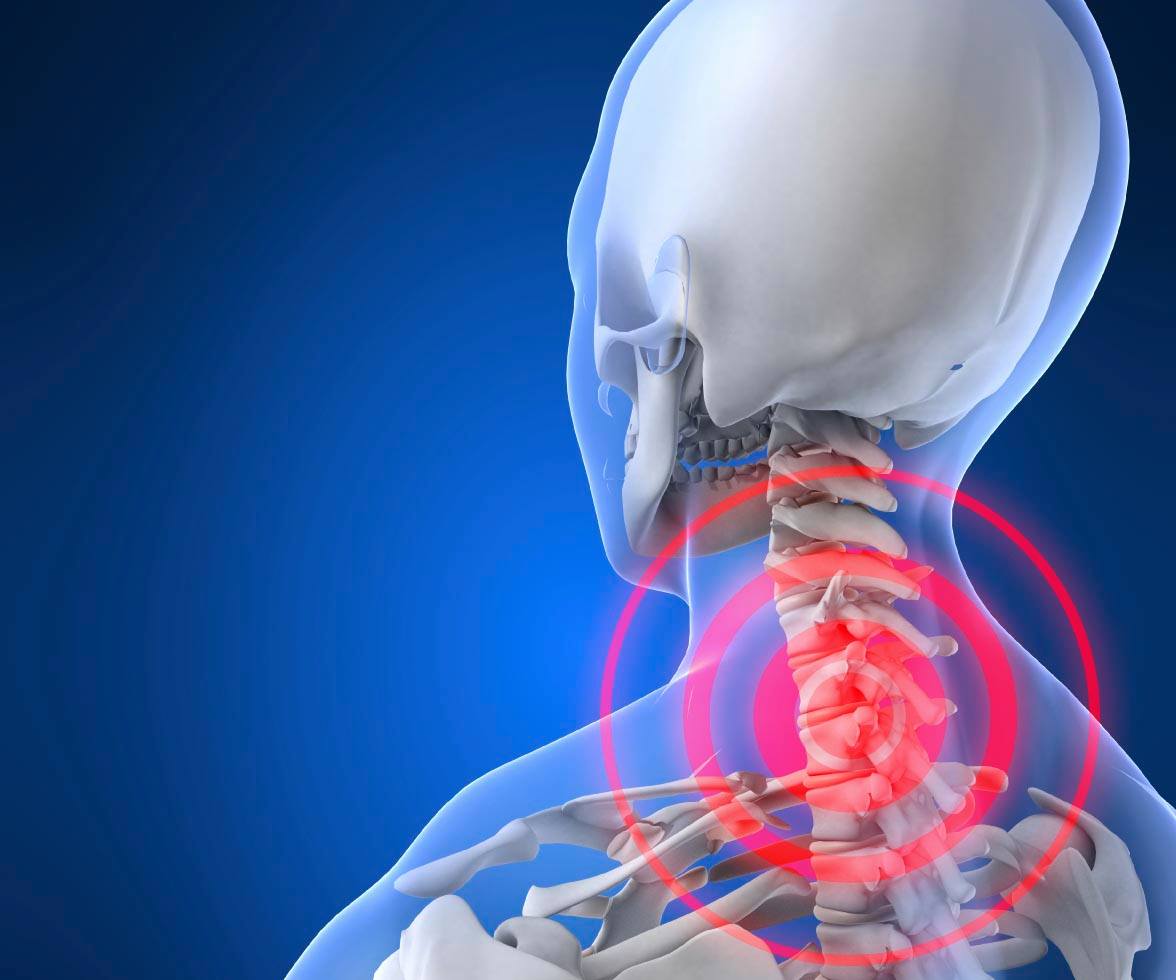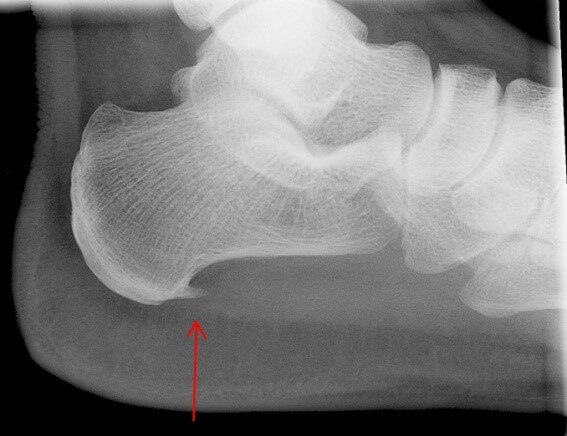What you don’t know about lumbar pain
The lumbar vertebrae are considered one of the most important vertebrae that exist in the body of the individual and are located in the lower back, and their importance lies in the fact that they bear the largest part of the weight of the individual’s body, and suffer from any problems in them that affect his activity clearly, in the following article we will talk about this topic in a detailed way Let’s read the following.
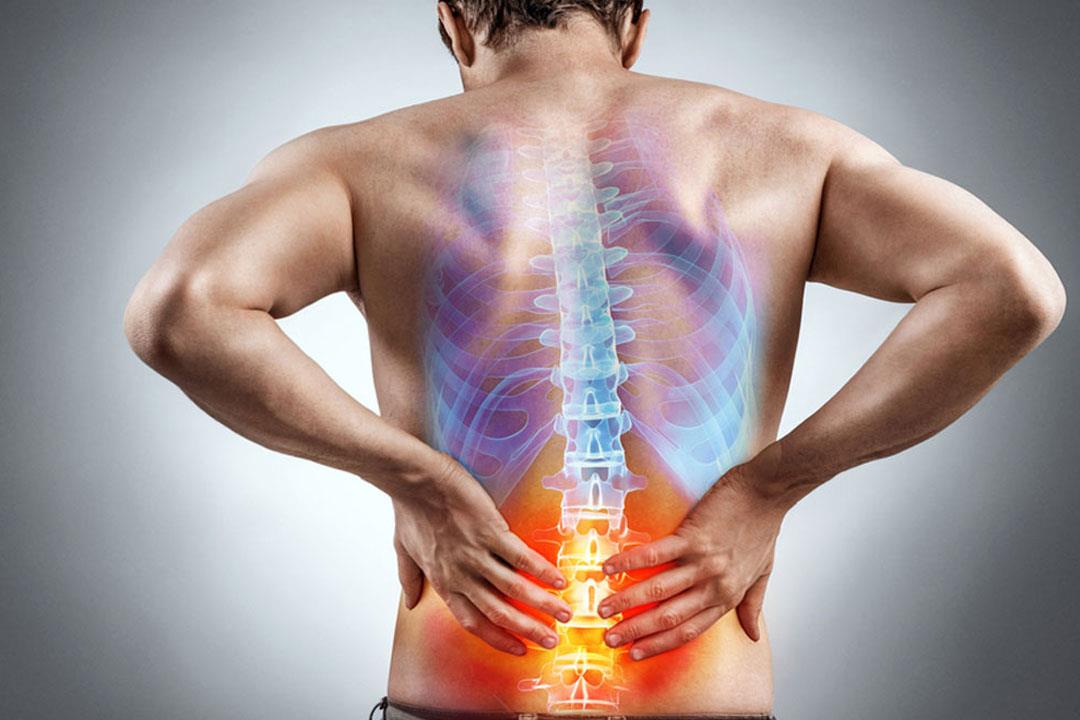
Lumbar pain
The lumbar vertebrae are located in the lower back and consist of five vertebrae. They are considered one of the most important vertebrae because they are responsible for bearing the weight of the entire body and are affected in a negative way if used in a bad way or overloading heavy weights on them, and this results in the occurrence of inflammation in the vertebrae. It causes severe pain that increases in intensity to reach the joints, knees, and pelvis, and among the reasons that lead to pain in the lumbar spine:
- An injury while playing a sport or jumping improperly.
- A severe accident may lead to severe joint injury.
- Increased load on the back, such as what happens with women in the last months of pregnancy.
- Driving for long periods of time.
- Osteoporosis.
- Suffering from obesity, which increases the pressure on the vertebrae.
Lumbar pain treatment
Among the methods used in the treatment of lumbar pain:
- Heat frequency therapy removes pain and muscle spasms, and this method of treatment is distinguished by that it dispenses with surgical interventions.
- Doing a straightening of the injured back vertebrae by adhering to the physiotherapy sessions recommended by the doctor.
- Do some exercises that strengthen the back muscles.
- Focus on losing excess weight.
- Use creams and painkillers recommended by the doctor to relieve pain.
- Avoid standing for long periods of time, especially in incorrect ways.
- Take a break in the first period of treatment and avoid any effort that causes pressure on the back vertebrae.
- Apply warm compresses to the lower back pain area to relieve it.
Treatment of the roughness of the lumbar vertebrae
The roughness of the lumbar vertebrae can be treated by many means, some of which are medical and others are not, and examples of each are:
Non-medical treatment
- Heat and ice therapy: This is done by applying cold and warm compresses to the lower back in order to relieve pain.
- Physiotherapy: It works to strengthen and stretch the back muscles, and this reduces the severity of symptoms and pain that the individual feels.
- Electrical nerve stimulation on the skin: This is able to relieve pain caused by vertebral osteoarthritis.
- Massage: This works to reduce the severity of pain and stiffness that the individual feels.
Medical treatment
- Non-steroidal anti-inflammatory drugs: It works to reduce the severity of pain and inflammation that the individual suffers from, such as Ibuprofen.
- Opioids: They have used in the event that non-steroidal anti-inflammatory drugs are ineffective on the individual or that he suffers from problems in the digestive system, and examples of opioids that are used in the treatment are morphine.
- Antidepressants: Small doses of them are used to relieve pain associated with lumbar vertebrae. Examples of an antidepressant drug that is used are Doxepin.
- Muscle relaxants: They help greatly in getting rid of pain in the lower back, such as Cyclobenzaprine.
- Steroid injections into the epidural area: These injections numb the area and this reduces the pain felt by the individual in case of osteoarthritis.
Lumbar vertebrae roughness
Injury to the lumbar vertebrae with roughness is one of the things associated with the symptoms of aging, and there are many reasons that lead to this happening, including:
- Stiffness of the lumbar vertebrae.
- The emergence of new bony prominences in the lumbar vertebrae.
- Increased friction between the vertebrae.
This may also happen at any age of the individual if any of the following occurs:
- Having a severe back injury.
- Family history of osteoarthritis disease.
- Carrying out a profession that requires carrying heavy weights.
Treatment of the fifth lumbar vertebra and the first sacral
The treatment of the fifth lumbar vertebra and the first sacral vertebra differs according to the severity of the injury that the individual may have been exposed to, and it is mainly treated by prescribing a set of exercises that the patient performs in order to strengthen both the abdominal and buttocks muscles and relieve the pressure on the vertebrae, and this is in cases light injury
But if the injury is in a late stage, the patient initially performs the process of fixing the vertebrae, which is done by making a surgical incision in the lower back and fixing the vertebrae with slides and screws, and during that the individual is subjected to total anesthesia, and during that the following steps are followed:
- The doctor chooses whether the patient will be subjected to partial or full anesthesia.
- Sterilization of the lower back area well.
- Make a surgical incision in the injury area.
- Plates and screws are used to attach the last lumbar vertebra to the first sacral vertebra.
- Close the surgical incision using sutures.
- The patient remains under observation for several hours after the operation.
Lumbar hernia treatment
The hernia that affects the lumbar vertebrae occurs as a result of the pressure of the discs that are located between the five vertebrae in the spine on the spinal cord and the nerves separated from it as a result of the occurrence of erosion, rupture, or displacement, and the treatment is not difficult or requires surgery, but rather it can be done through some simple things such as care Rest while avoiding excessive, as this may lead to completely opposite results.
Only the specialized doctor is able to determine the appropriate range of motion for the individual and whether or not he is able to persevere in his work and activities normally, and some muscle-relaxing and steroid medications are taken, and the patient may wear a back brace throughout the treatment period.
Symptoms of calcification of the lumbar vertebrae
In most cases, calcification of the lumbar spine is not accompanied by any symptoms but is discovered by chance through x-rays, and the symptoms take many years to begin to appear on the individual, and when they appear they include the following:
- Lumps formed under the skin as a result of the appearance of bony bumps.
- Feeling pain in the bones of the lower back, and may be an indication of inflammation of calcium deposits.
- Poor growth.
- Bone fractures.
- The appearance of curvature in the leg or spine.
- Muscle apathy and contraction.
- A feeling of general weakness that increases over time.
Herbal treatment of slipped vertebrae
It is possible to treat slipped vertebrae with herbs, but this is limited only to relieving the severity of pain and calming the symptoms associated with this occurrence and not in order to return the vertebrae to their place, and among the most used herbs in treatment are Chinese herbs due to the fact that they produce effective and satisfactory results greatly because they contain many benefits, including:
- be able to relieve back pain.
- Reducing or permanently treating numbness, according to the extent of the condition.
- The ability to naturally regain feeling in the lower extremities.
- Restore muscle strength and improve the ability to perform daily activities.
- Calms the pain that is associated with the sliding process in cases that require surgical intervention.
- Reduce disc inflammation after surgery and prevent epidural scar formation.

